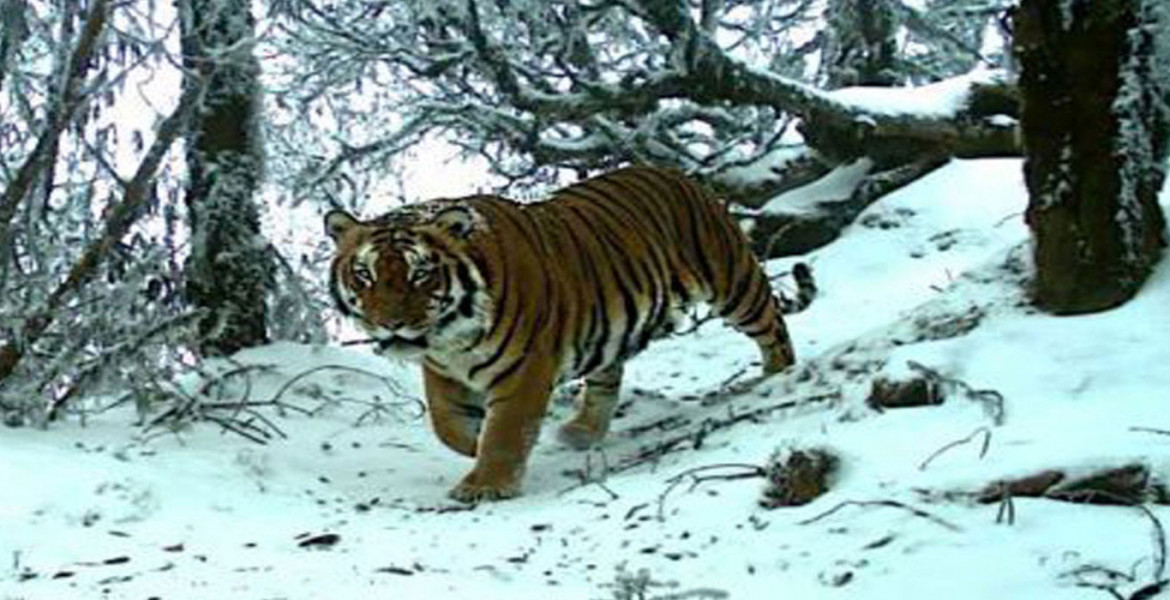
17
2021
Against the despairing narrative typical of today’s global conservation scenario, every once in a while we need stories of optimism and hope to inspire us. The world should find solace in the fact that there are places where conservation is not always a race against time – with negative odds for species survival stacked up high – and where a small investment can bring disproportionately large conservation returns. In his keynote address at the IUCN World Conservation Congress last year, E. O. Wilson, the veritable ‘father of biodiversity,’ prescribed that we would have to set aside half of the earth in order to save 80-90% of the remaining species and ecosystems. The Himalayan kingdom of Bhutan has already met Wilson’s charge; over a decade ago, more than 51% of the country was set aside for conservation via its protected areas and biological corridors. Indeed, Bhutan is waiting for the rest of the world to follow!
Wild Cat Diversity
The presence of carnivores in an ecosystem is indicative of the presence of prey species that support their existence, and others that in turn support them. Bhutan has nine confirmed (and possibly eleven) species of wild cats in a country the size of Switzerland, which speaks volumes about its biological richness. It is not simply that Bhutan hosts a rich diversity of large and small wild cats; the fact that they are all thriving is most notable. Numerous camera trap photos of tigers and snow leopards with two or even three cubs imply that conditions are conducive for successful breeding. Time-series photos of some of these cubs provide evidence of cats surviving into maturity and venturing out to establish their own territories. At a time of rapid biodiversity loss in a part of the world where a burgeoning human population stifles the last remaining patches of wilderness, Bhutan stands out as a refreshing anomaly.
In the south near the subtropical foothills of the Indian border, Bhutan’s Royal Manas National Park supports an impressive guild of seven feline predator species, ranging in size from tiger and clouded leopard, to marbled cat and jungle cat. To the north near the border with the Tibetan Autonomous Region, alpine felids such as the charismatic snow leopard and Pallas’s cat share their habitat with the occasional wolf, the strange-looking goat antelope known as the Bhutan takin (Bhutan’s national animal), and the endangered wild dog, the dhole. Habitat connectivity and an abundance of prey species allow Bhutan to support a multitude of felid predators that traverse the length and breadth of this topographically complex country.

